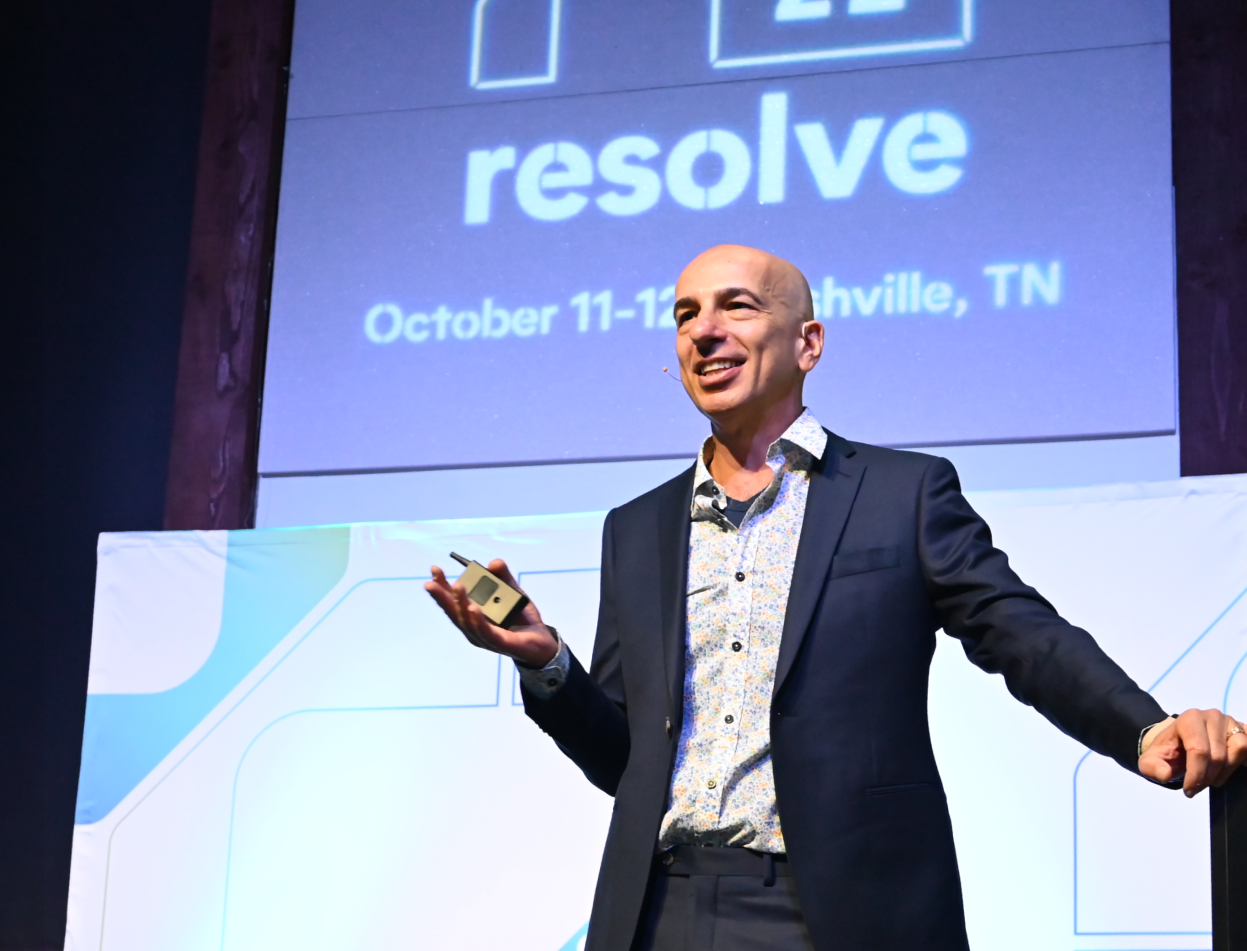Written by Peter Isaacson, Chief Marketing Officer at Replicant
The Covid-19 pandemic. Unpredictable weather catastrophes. Increasing cybersecurity incidents. Has there ever been a more difficult time to be a contact center leader?
The string of challenges contact center leaders face following a tumultuous two years is mind numbing:
- Massive call volume spikes driven by unprecedented market instability
- An impossible hiring environment, with fewer applicants and high turnover
- A newfound obsession with customer experience at the CEO and board level
It’s truly a wonder that more contact center leaders haven’t lost their sanity.
With this as a backdrop, I recently attended the Consero conference in Arizona, alongside about 80 contact center leaders. (The trip itself was a bit of a milestone for me, being the first real business travel I’d done in 18 months.)
In attendance were some truly experienced folks, many with 20 or more years of experience in the space. They represented some of the best and most valuable brands in the world.
The bulk of the conference centered around a series of panels on interesting topics such as “Mapping the 21st Century Customer Journey” and “What CX Leaders Should Be Thinking About Now.”
But as I absorbed the discussions and insights coming from the panelists, I noticed that participants touched on one common topic again and again: how to source, train, engage, motivate, and retain call center agents.
Now, this is understandable. Many of the companies in attendance employ thousands of agents. And with Covid-19, these leaders are struggling to adapt to remote environments while still keeping the business afloat.
However, these conversations essentially boiled down to a single goal: how can I get an extra 5% or so of productivity from my contact center agents? I couldn’t help thinking that this is the wrong question.
The pandemic either created or accelerated (depending on your point of view) a seismic shift in how people view their work.
There are plenty of articles and data points on how people are reevaluating what meaningful work is – and how they are moving away from lower paying, unfulfilling, monotonous or repetitive jobs.
The challenge for retailers, restaurants, and call center leaders is that it ain’t swinging back any time soon. So trying to eke out those 5% improvements in productivity in these circumstances is like trying to turn back high tide with a wall of sand.
The good news: we’re entering an era in which technology can provide a transformational improvement in contact center productivity. In a way that IVRs, CCaaS and chat could not.
Recent advances (like in the last 6-12 months!) in natural language processing, machine learning and, more broadly, artificial intelligence have made complex conversations between machines and humans possible.
Some of the numbers are staggering. 50% improvements in ROI. 90% resolution rates. CSAT scores at or above the rates of human agents. All providing customers the ability to engage over their preferred channel – the phone – while completely eliminating hold times.
These are not improvements at the margins. They are substantive increases of critical contact center metrics. More and more companies across all industries are realizing that conversational voice AI and contact center automation are not some cool, but unproven technologies. They represent the inevitable future of contact centers, and the market is moving quickly to embrace them.
This is an exciting new world. As businesses come out of the defensive crouch we’ve all been in for the past 18 months, I’m looking forward to engaging with more contact center leaders face-to-face.
I’ve missed the kind of direct, in-person conversations that you can have at conferences like Consero. I’ve missed the invaluable knowledge leaders with 20+ years of experience can give you in just a 10-minute chat. And, most of all, I’m looking forward to a time when technology can make a meaningful impact on contact centers, so that leaders like these can keep their sanity.






